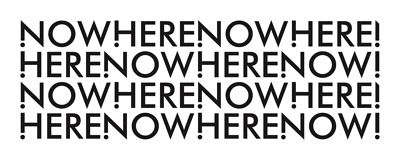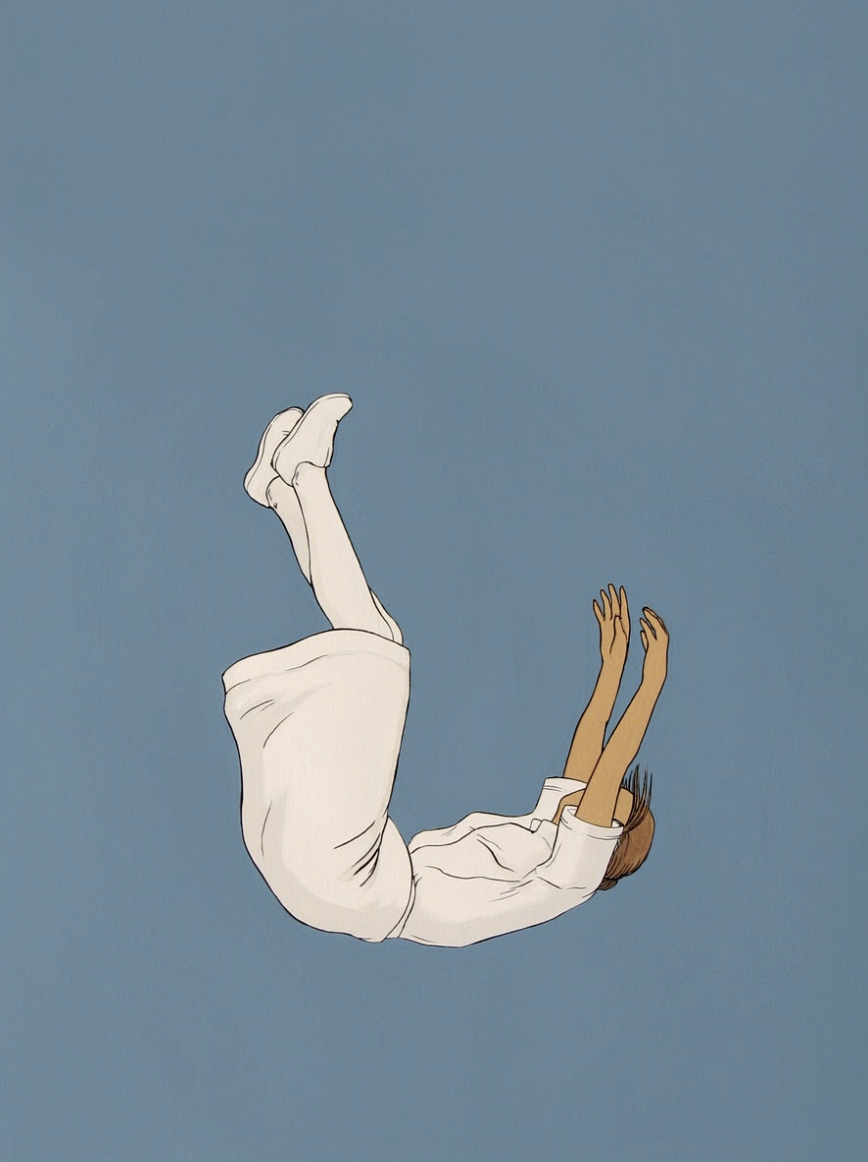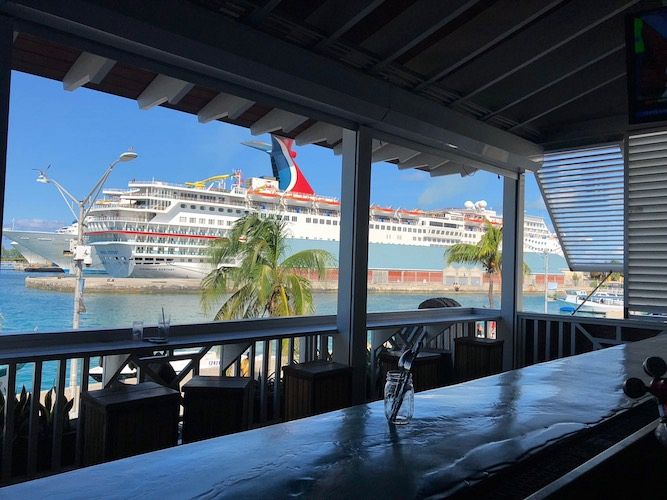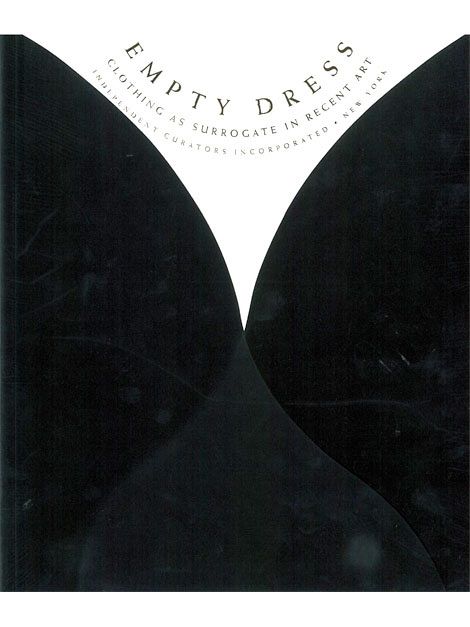Curator Maja Ćirić developed this proposal during the Fall 2010 Curatorial Intensive in New York. The proposal eventually became the Exhibition The Organism no 1 at Open Systems, Vienna on view from November 21 - December 15, 2012.
The Organism no1: Yet Another Effort to Understand if it Really Emerged from NowHere! [1]

—Société Réaliste, Nowhere, Inscription, 2010
Any sign in terms of its expressivness, is equivalent to another sign: any hierarchy between sings is unjust and unjustifiable.
—Pier Paolo Pasolini, Empirismo Eretico
The Organism is a series of three collective shows that will emerge over the next couple of years: no1. Yet Another Effort to Understand if it Really Emerged from Nowhere!?; no 2. Rerouted Viruses; and no 3. Rejuvenated Mt. Verità.
The Organism addresses the real/non-structured socio-political and epistemic role art plays in mediating the plurality of free impulses and emerging complexities in the context of our global, but not globalised society. The Organism is not stimulated nor manipulated by anything but the organic urge for freedom. It is not structured to feed the politically driven key words of a potential funding body, nor envisioned to illustrate, reproduce or subvert the existing predictable geo-political positioning, nor an already established art historical epoch.
The Organism no1 emerged from “nowhere=now+here” in order make the subordination of the artists to local and national narrowness and some definite art disappear. In the similar line of taught with William Moriss’s utopian ideas from the book News from Nowhere [2], this exhibition is an attempt to create an environment based on the abolishment of any property over the arts. The revealing is a process of unfolding, that produces knowledge of the ability to become outside the predictable ideological and systematic frames. It attempts to avoid the known gaps by promoting a different cognitive infrastructure. It is a manifestation of the artistic production that deconstructs the logic of the dominant distribution of the sensible, as well as the potential of the curatorial to live the critical theory through its practice.
It does not function as an amplifier of the existing assemblages, but as a stimuli for a new social-political model. It encourages trans-thinking and direct participation in the process of generating new relations. It brings art back to its roots, by addressing that it is not only driven by the art system, but that the system should be driven by the independence inherent to art.
The exhibition, organised in a shape of overlapping circles, is as a self-regulating system that is self-correcting through feedback. Each artist or collective is entitled to one circle, but they are encouraged to merge in order to make the environment open all the time and ready for the audience to step in. This model prevents final dissemination and avoids the traditional display. The interdependence of the artworks point to the complexity of the intensive environment that enables an exhibition to function. The majority of artworks function in relation to the unstructured exteriority of the exhibition by engaging the local context.
The territory of the Organism is “mapped “indirectly by Soociété Réaliste collective. At the core of their practice are the structural & spectral inquiries or critical re-assemblage of futurological fossils. Their miscellaneous artworks (maps, ensemble of Signs or installations) could provoke video neuronal sporogenesis within this frame, but also point to the territory of independent interpretations of social signifiers.
In one of the circles is a performance of the totally conceptual and immaterial work of art In the Mind’s I by Warren Neidich, which persists in the memory of him and his collaborators, which leaves no real object to sell, distribute or gaze upon. The audience is privy to this private conversation transmitted through a microphone and witnessed as a dance of shadows displayed on a translucent screen.?This immaterial exercise and experience of art as a modifier of mental images and memory architectures is overlapping with Vahida Ramujki?’s and Aviv Kruglanski’s Documentary Embroidery, who documented the life in Cairo, Belgrade, Banff and Barcelona. Their project is a testimony of the fermentation process as a social and historical phenomenon. Air is important in food fermentation processes just as it is in the case with social processes: space and free time, the leisure to experiment and play, perceived as luxuries in our society, are essential for the creative generating of ideas and resources, ones that address social challenges and economic crisis. While both of these artworks attempt to emancipate perception and unleash difference, Siniša Ili? series of drawing Working Hours/Workspace/Habituation consists of scenes of conferences, strength, training. His contemporary landscape is made of familiar public interiors and exteriors, standard props, conference rooms, lounges. However, this familiar scenery is exported outside of any prescribed context. It refers to the information flow, but is an empty signifier ready to be filled with any actual signified.
The Organism no 1 is not only an escape route from the language of dominant infrastructures that ignore the curatorial that mobilizes trans-national languages and affects. It is a testimony of an independent infrastructure that threatens to reconfigure the political field by redistributing the sensible, avoiding dissemination and thus change the participant’s/global citizen’s experience.
Believing that curatorial methodology has to act as a field of criticality and creativity and not merely a reproduction of the existing relations or a remix of existing representations, the exhibition counters the logic of the colonized and/or distant other, by stimulating the dialogue of the trans-national equals. The country of the artist origin is not important, since the aim of the show is to avoid predictable niches.
[1]. Jacques Derrida, Cosmopolites de tous les pays, encore un effort, Paris, Galilée, 1997
[2]. William Morris, News from Nowhere, 1890
Learn More
For more information about The Organism, please contact curator Maja Ciric at curator@majaciric.com.






